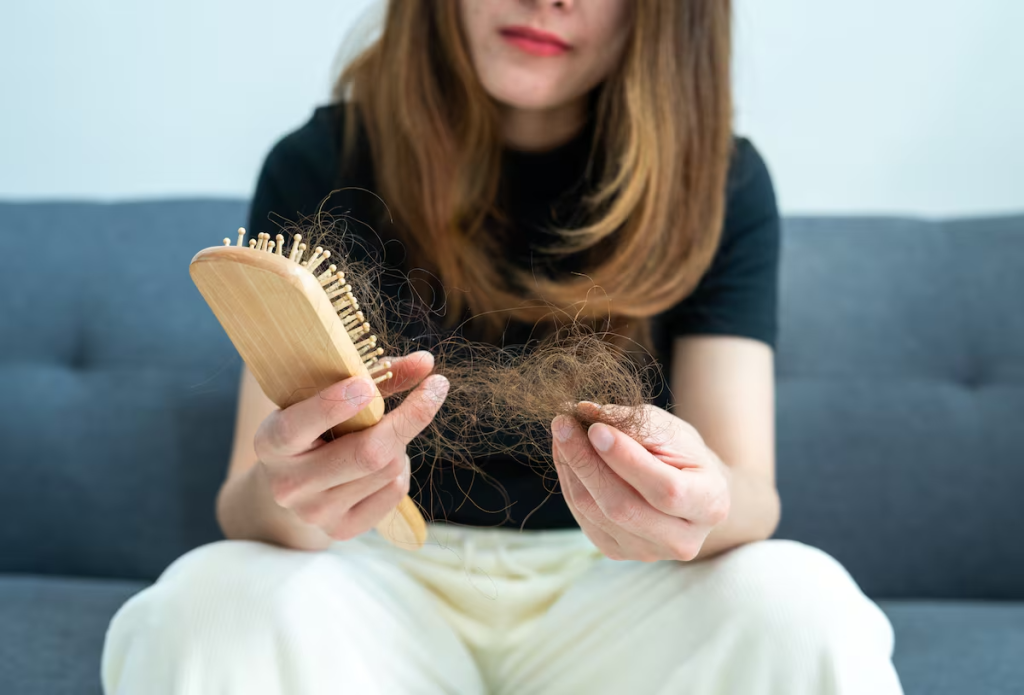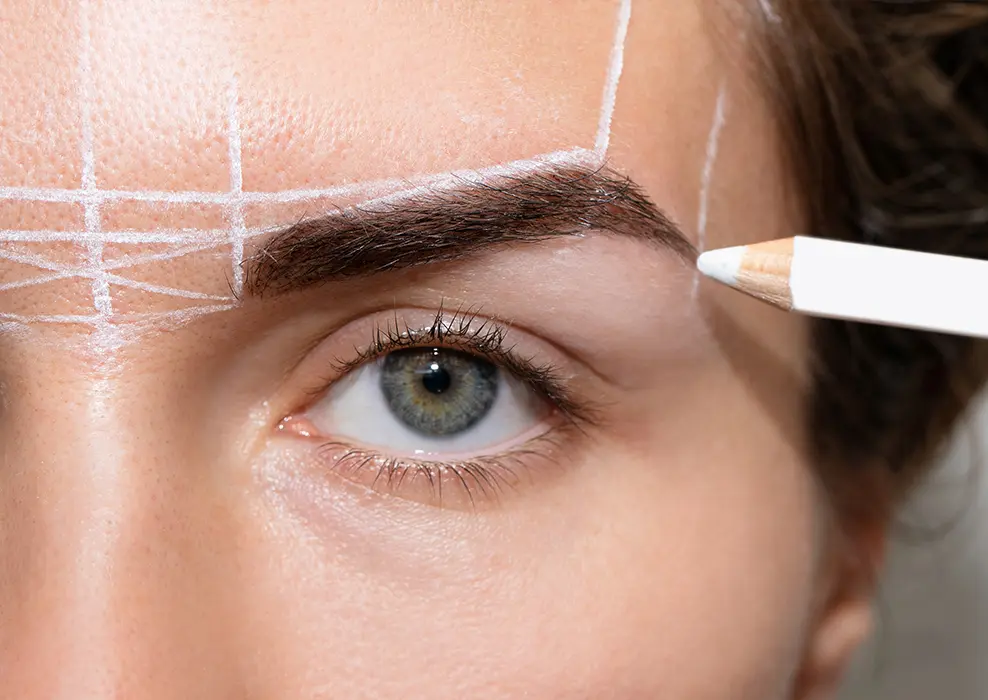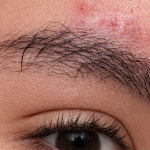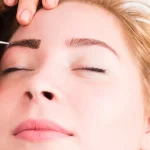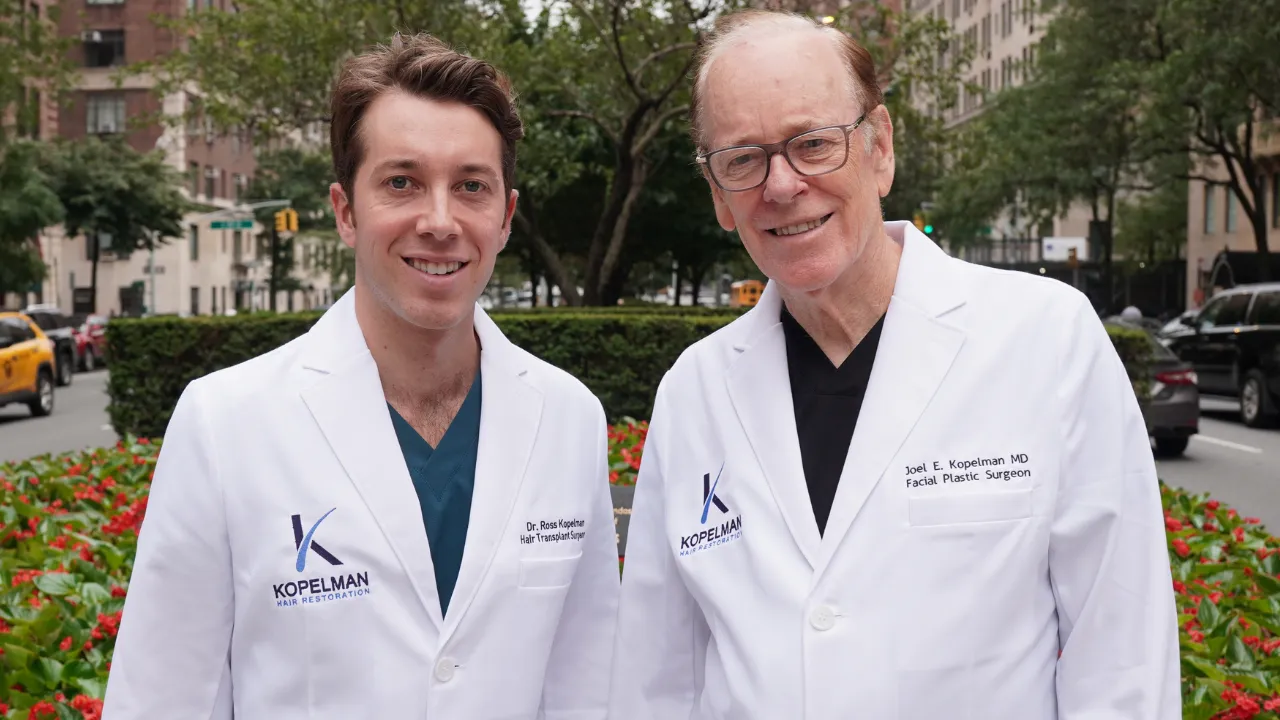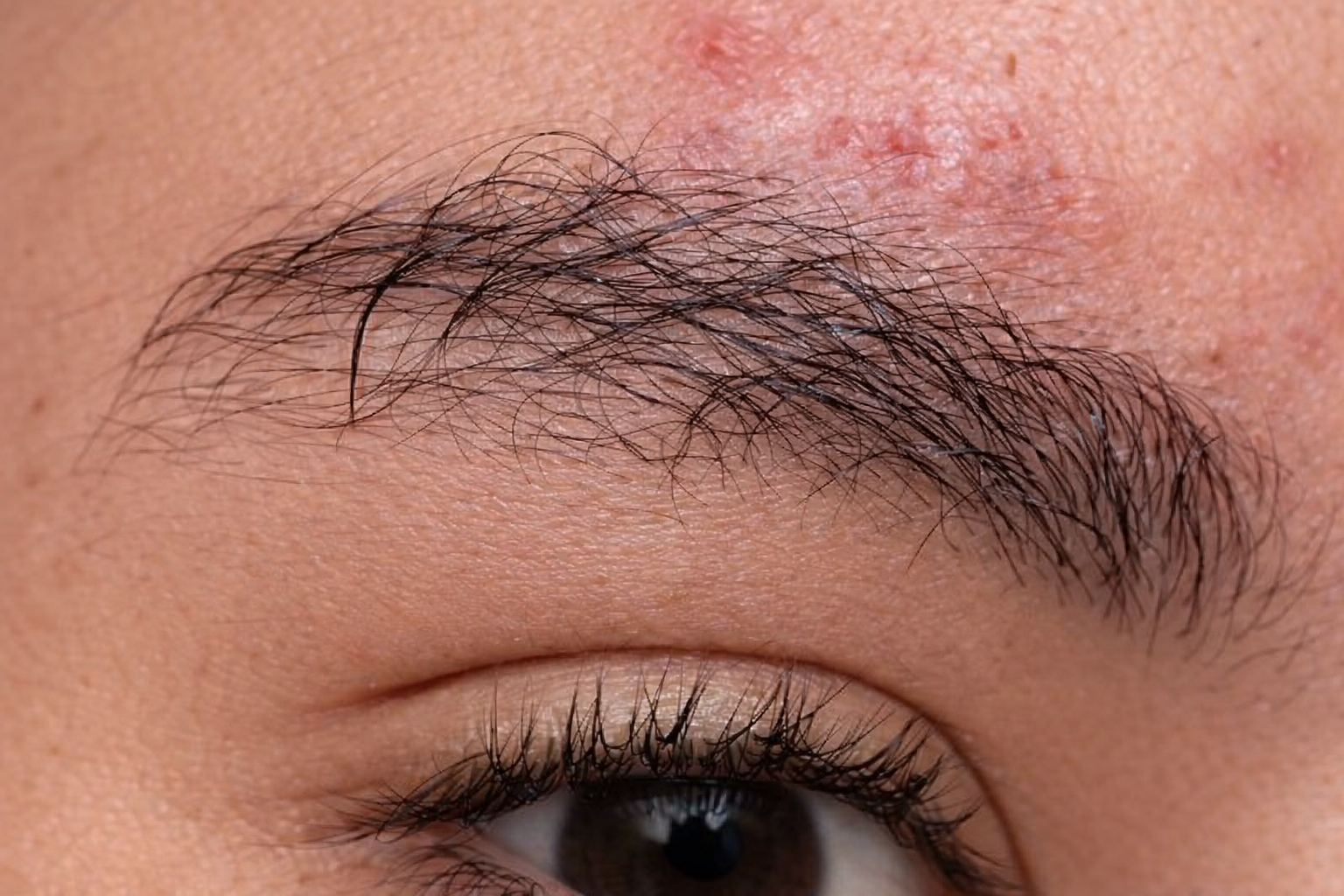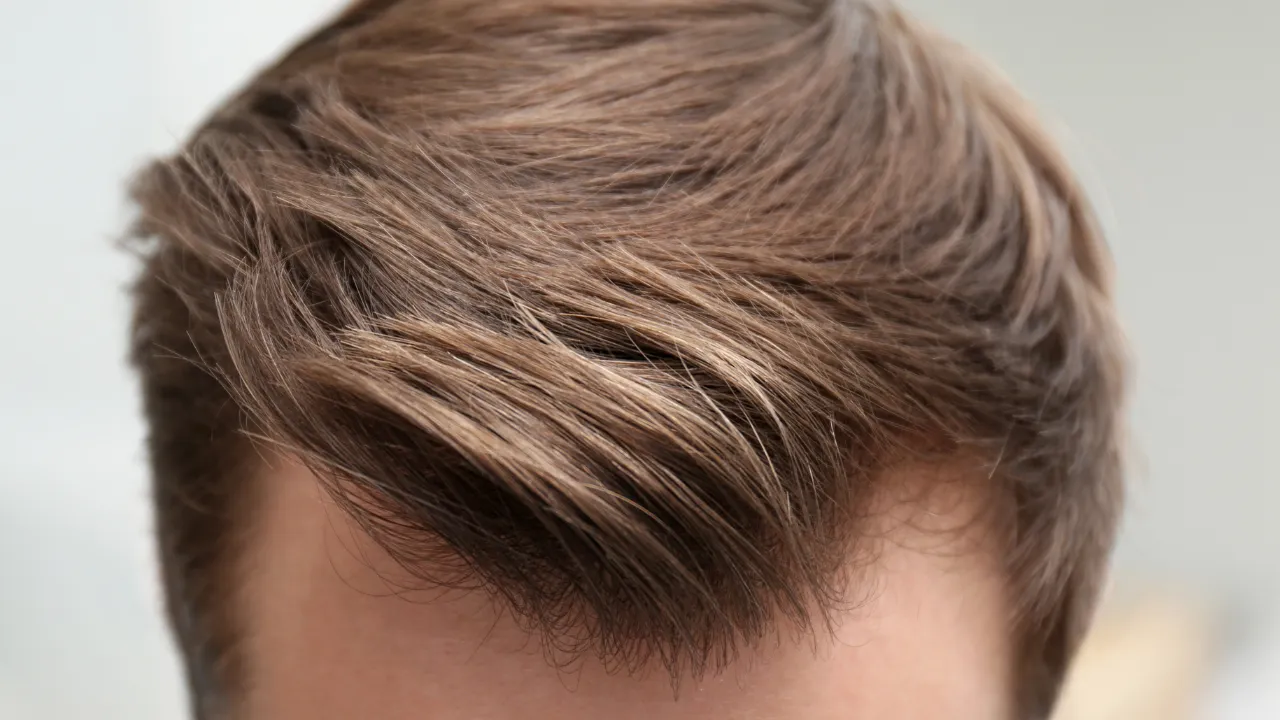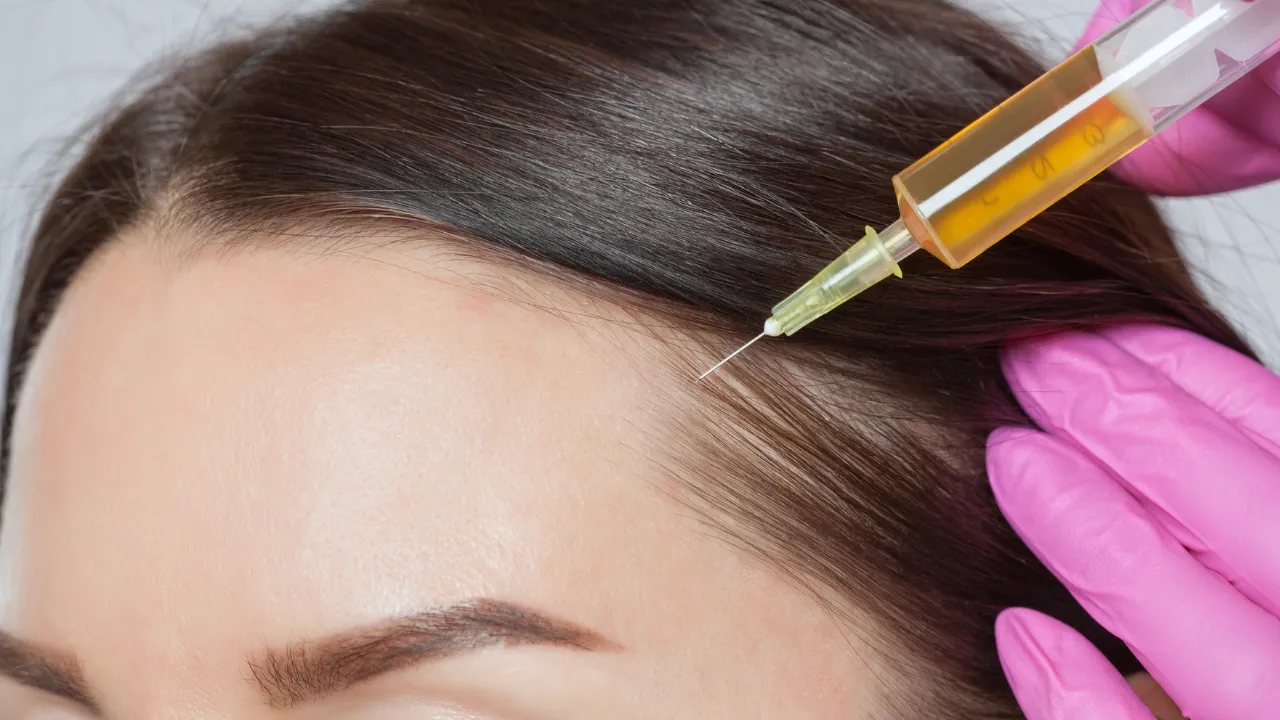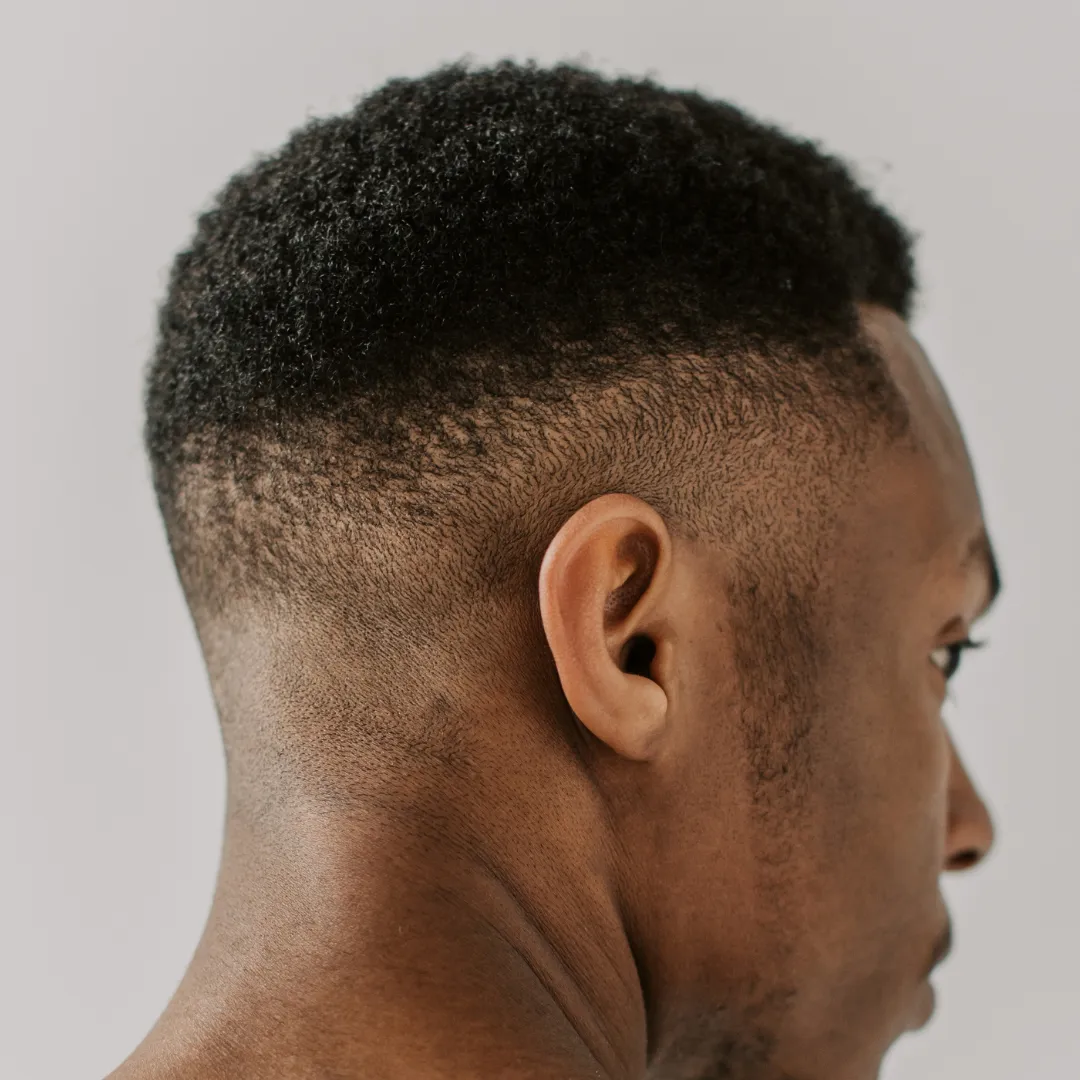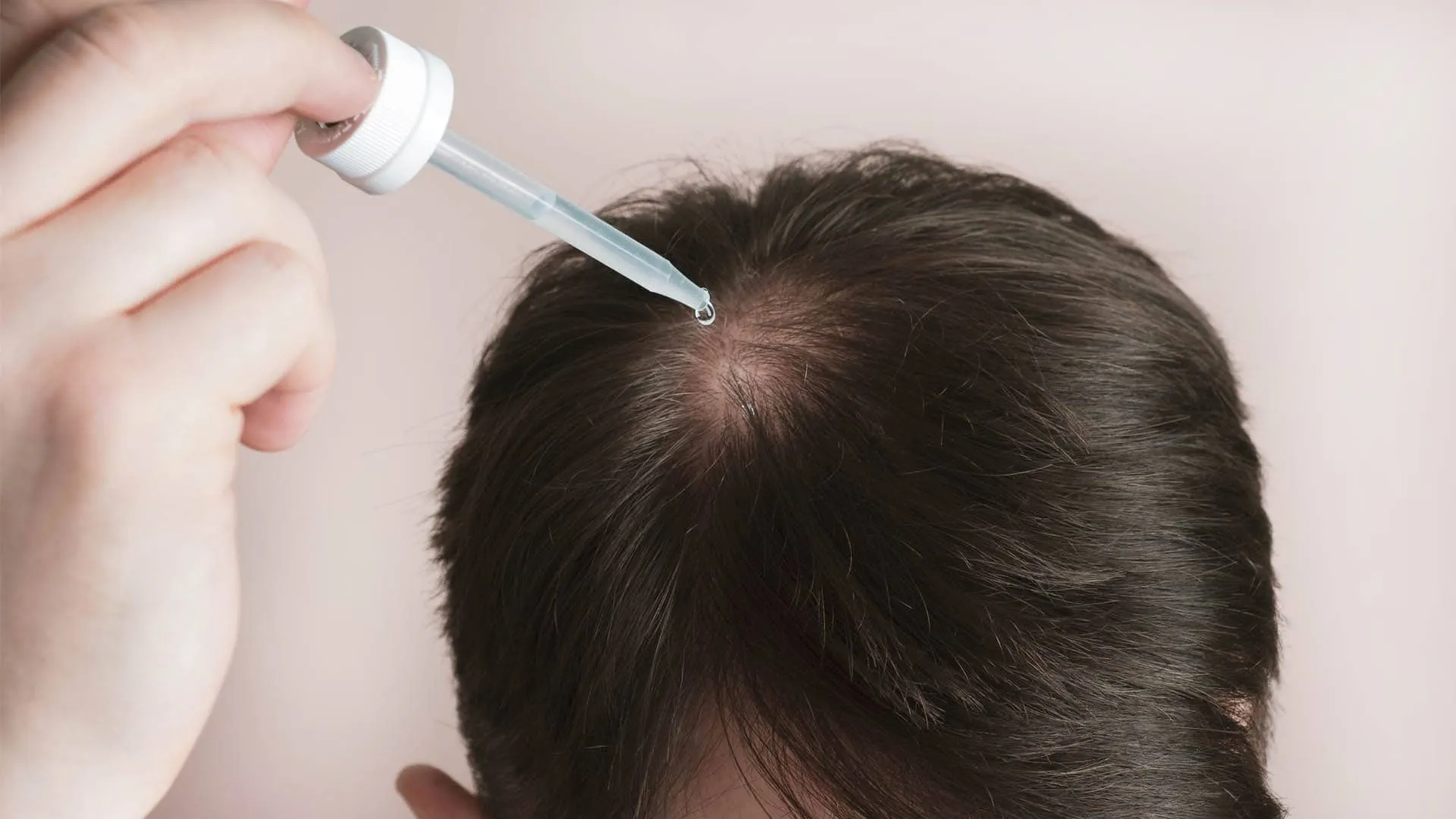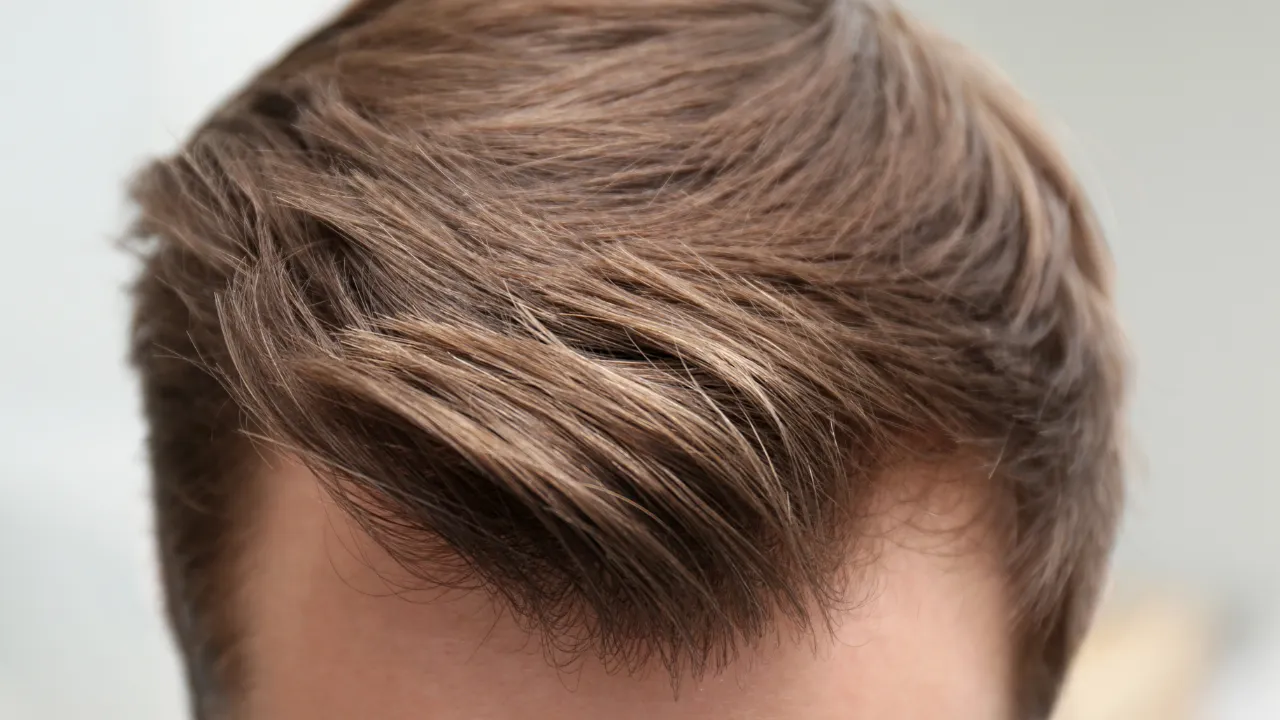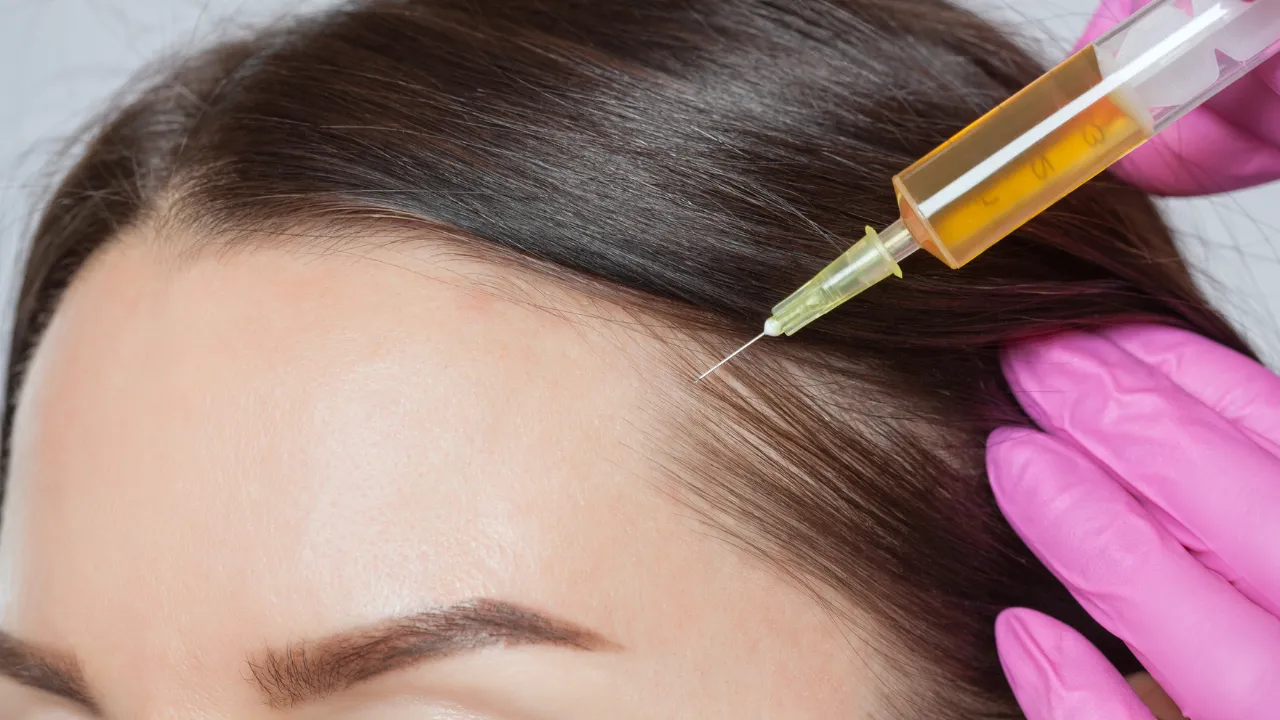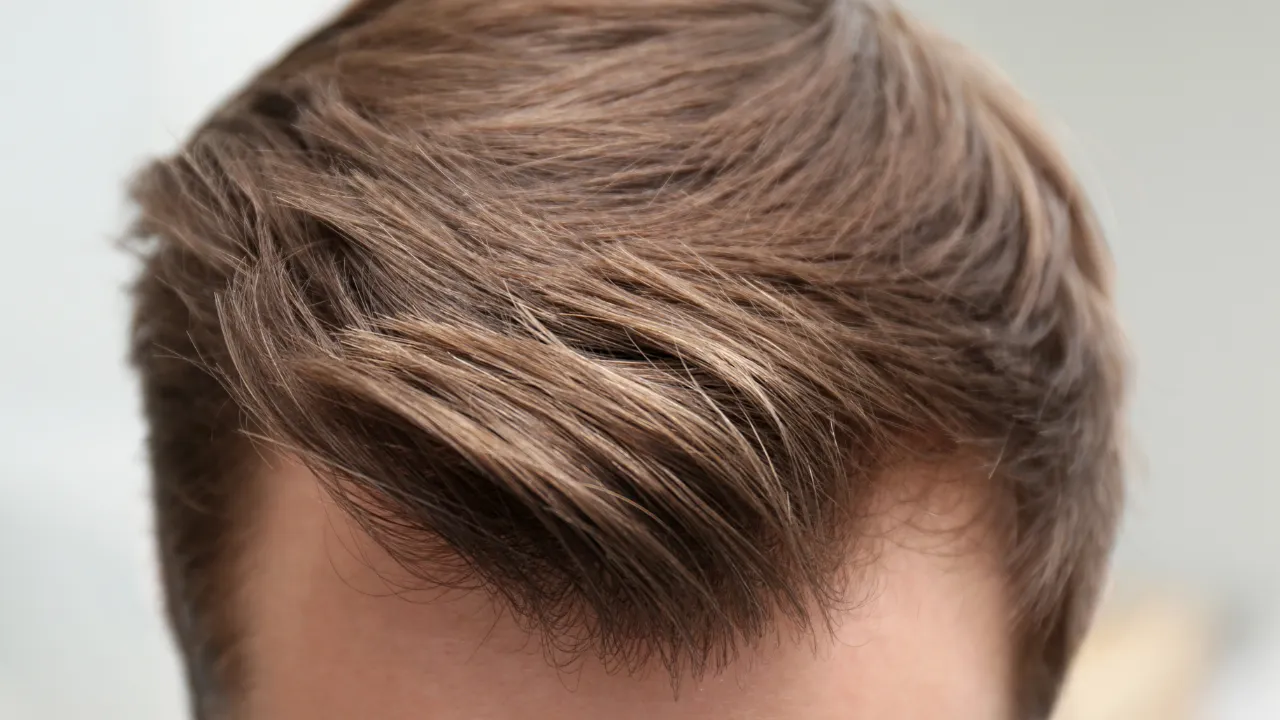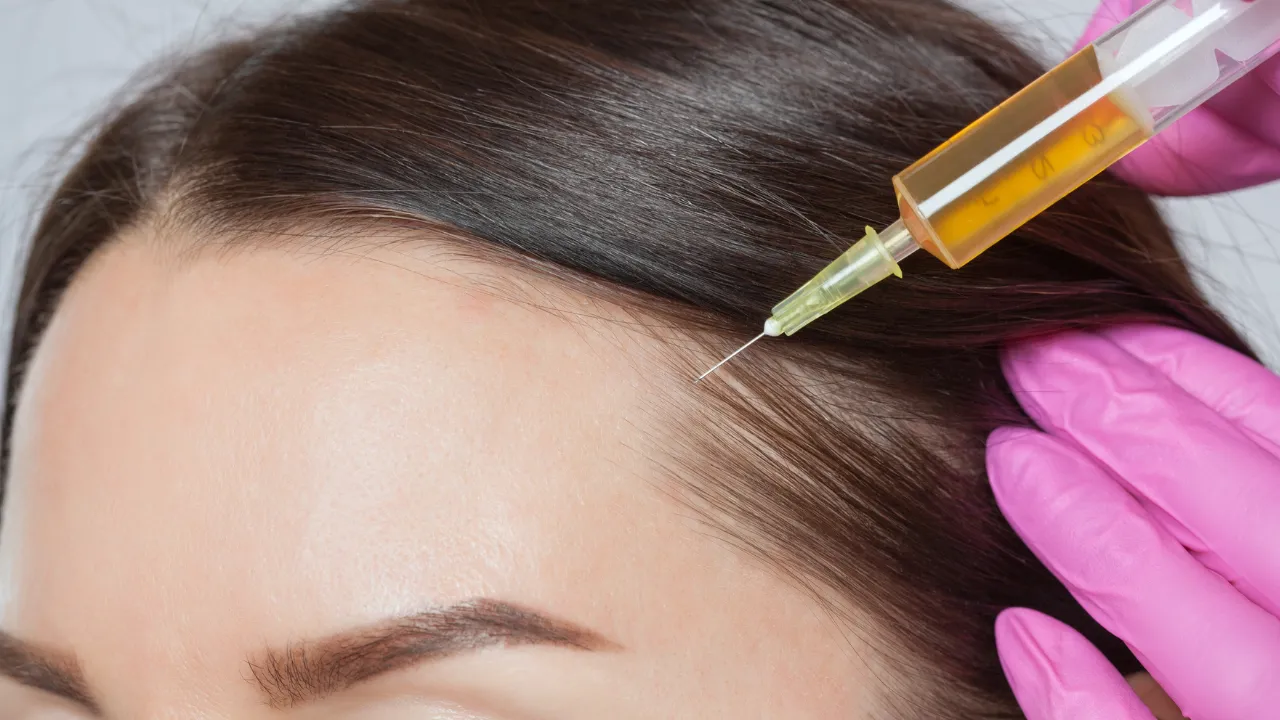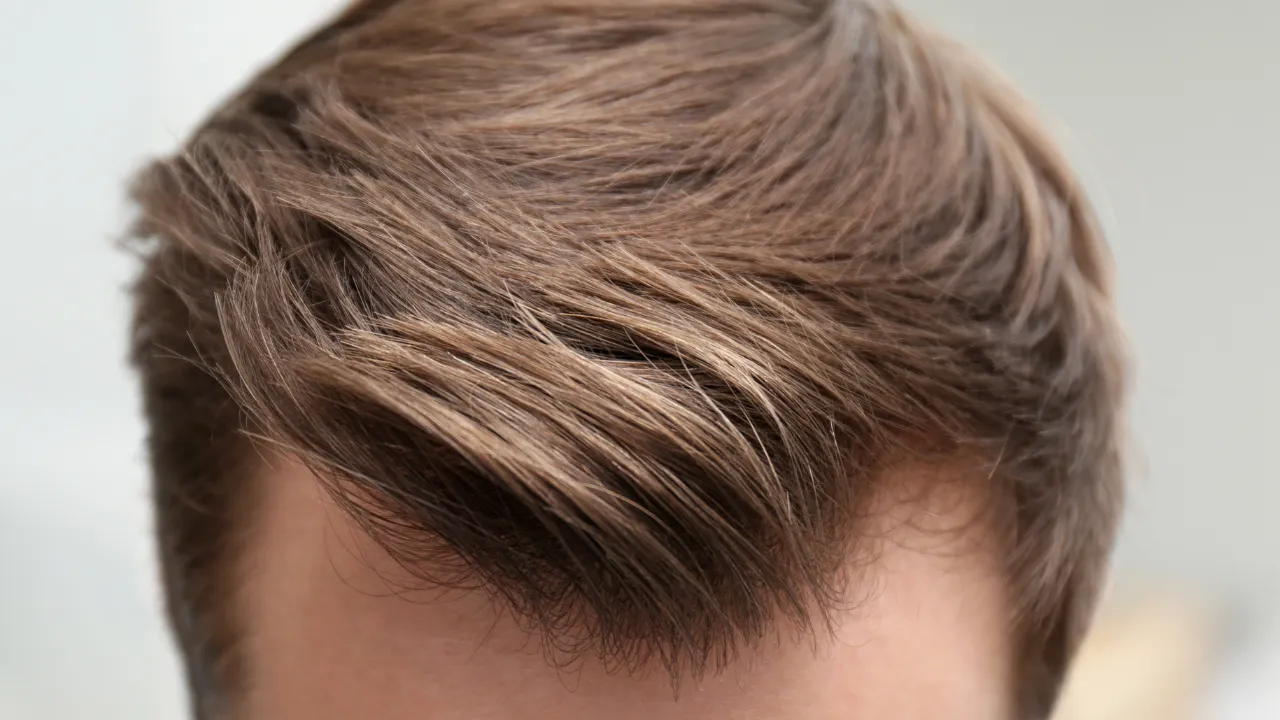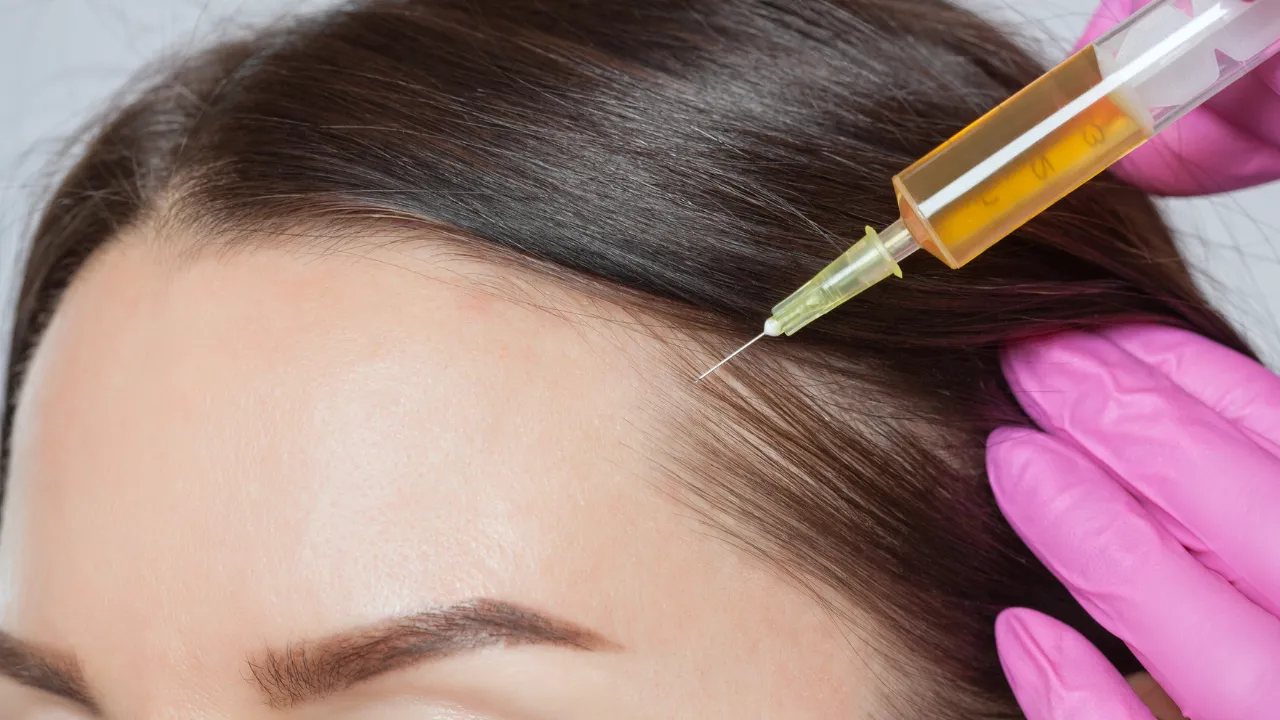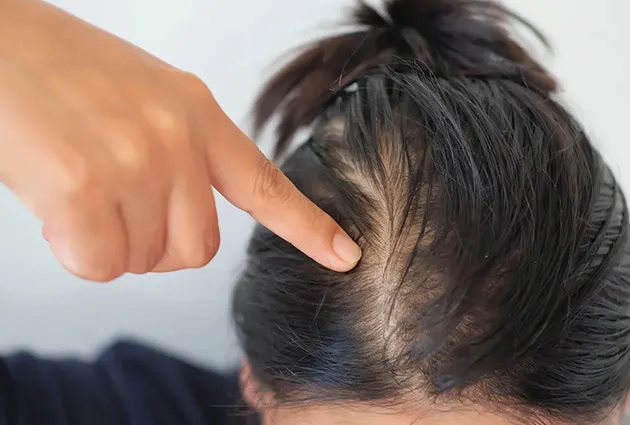Table of Contents
Toggle
Hair thinning in women in their 20s can be unexpected and distressing. At Kopelman Hair, we help young women understand what’s causing the change and guide them through effective, personalized solutions that support long-term hair health.
Key Takeaways
- Hair thinning in women in their 20s is common and often reversible when identified and treated early.
- Common causes include hormonal imbalances, nutritional deficiencies, stress, and styling damage.
- A consultation with a specialist like Dr. Kopelman typically involves medical evaluation, scalp analysis, and personalized treatment planning.
- Treatment options range from topical solutions and supplements to long-term maintenance and, in some cases, hair transplant consideration.
- Emotional support and lifestyle adjustments play a key role in managing both the physical and psychological impact of early hair loss.
Is Hair Thinning in Your 20s Normal?
Some shedding is normal, but noticeable hair loss—like a widening part or scalp visibility—shouldn’t be ignored. Many young women begin to see this in their early 20s. Hair can thin without leading to baldness. Unlike female pattern hair loss, this thinning often keeps the follicle and may recover with proper care. If you’re asking, “Why am I losing so much hair?” you’re not alone. Female hair loss in their 20s often begins subtly. Many types of hair loss affect women at this stage, including both temporary and genetic conditions.How to Tell If Thinning Hair Is Temporary or Permanent
Wondering whether the hair thinning is short-term or long-lasting? Here are clues to help. Temporary thinning often involves:- Sudden shedding after stress or illness
- Even hair loss
- Regrowth in 3–6 months
- Widening part
- Crown or temple loss
- Family history of female pattern baldness
Main Causes of Hair Thinning in Young Women
Knowing what causes thinning helps guide treatment. These are the most common triggers.Hormonal Imbalances
Hormones—especially estrogen, thyroid, and androgens—can disrupt the hair cycle. PCOS and thyroid problems are common causes of early hair loss in women. Thinning often starts at the crown or temples. Blood tests help diagnose and treat the root cause. In some cases, hormonal changes point to an underlying medical condition such as hypothyroidism or polycystic ovary syndrome. Addressing these issues often slows or reverses hair loss.Vitamin Deficiencies
Low iron, B12, or vitamin D levels can slow growth and weaken strands. Women in their 20s may develop these deficiencies due to diet or menstruation. Correcting these imbalances often improves hair health within months.Lifestyle and Stress
Major stress, sleep issues, or weight loss can shift hairs into a shedding phase called telogen effluvium. Hair loss in early 20s in females often results from these stressors. Fortunately, it’s reversible with time, rest, and proper nutrition.Styling and Frontal Thinning
Tight hairstyles, extensions, and heat tools weaken follicles. This leads to traction alopecia, especially around the hairline. If a person regularly wears tight styles or uses heat tools, it increases the chance she loses hair at the edges. Switching to gentler styling helps prevent long-term damage. In advanced cases, the follicle becomes inflamed or damaged, and hair simply stops growing. Early intervention prevents this outcome.Can Hormonal Birth Control Cause Hair Thinning?
Some birth control pills—especially those with androgens—may trigger thinning in sensitive women. Stopping or switching pills can disrupt hair cycles and lead to shedding. Talk to a doctor before making changes to your contraceptive method.How to Treat and Regrow Thinning Hair
Hair thinning in women in their 20s is often treatable. The right plan depends on the cause.Medical Treatments and Topicals
Minoxidil is a proven topical that supports regrowth and slows loss. Low-level laser therapy and anti-androgen meds may also help. If alopecia areata or other autoimmune types of hair loss are present, a dermatologist might suggest corticosteroids or targeted drugs. Each hair loss treatment should match the cause—whether it’s hormonal, nutritional, or genetic. Customizing the approach increases effectiveness and limits side effects.Nutrition and Scalp Care
Good hair starts with good health. Eat a balanced diet with protein, iron, and essential nutrients. Scalp massage and gentle hair care improve circulation and support follicle function. In some cases, Dr. Kopelman may suggest specific supplements. These steps can promote hair regrowth over time.How Hair Thinning Changes in Your Late 20s
By the late 20s, hormone levels may stabilize, but damage from past stress or styling may show. Treatment may shift toward maintenance. Women balding in their 20s benefit from early intervention. Androgenic alopecia—one of the most common types of hair loss—requires long-term care.What Causes Are Most Common in Medical Diagnoses?
Hair loss rarely has a single cause. At Kopelman Hair, Dr. Kopelman performs full evaluations to identify what’s driving the problem. Common medical causes include:- Telogen effluvium from stress
- Androgenetic alopecia (female pattern hair loss)
- Iron or vitamin D deficiency
- PCOS or thyroid issues
Hairstyling Tips for Thinning Hair
The right style can minimize damage and improve appearance.Low-Tension Styles
Loose buns, soft ponytails, or free-flowing hair are best. Avoid tight braids or elastic bands that strain roots. Use silk scrunchies and wide combs to reduce breakage.Concealing Thinning Areas
Try a side part or volume-boosting products. Light fibers or tinted sprays can help cover thinner spots. Work with a stylist who understands thinning hair for best results.What to Expect During a Hair Loss Consultation
Not sure when to seek help? A professional consultation provides answers and clarity. At Kopelman Hair, Dr. Kopelman offers detailed evaluations. Early treatment improves results. During a consult, expect:- Review of health and history
- Scalp and density exam
- Blood tests if needed
- Personalized treatment plan
When to Consider a Hair Transplant
Surgery isn’t the first step but may help in select cases.Candidacy and Timing
Best for women with stable, localized loss like traction alopecia. Expectations must be realistic.What to Expect from Kopelman Hair
Dr. Kopelman evaluates if surgery is appropriate. If it is, his expertise ensures a tailored, safe approach.Managing the Emotional Side of Hair Loss
Hair loss in young women can affect confidence and self-image.Mental Health and Confidence
It’s normal to feel anxious or discouraged. Speaking with a counselor or support group can help. Focusing on care routines and things you can control improves mindset and emotional strength.Building a Long-Term Support Plan
Track your progress, keep up treatments, and stick with follow-ups. Preventing hair loss often means staying consistent, even after regrowth begins.How Hair Loss Can Affect Daily Life
Hair loss in women influences confidence, social plans, and daily routines. One patient avoided events and interviews after noticing scalp visibility. These daily impacts often go unspoken but matter deeply. Recognizing the emotional burden is part of healing. Emotional care is as important as physical treatment.Frequently Asked Questions About Hair Thinning in Women in their 20s
Can hair thinning at 25 be reversed?
+
Often, yes. Many cases are linked to treatable issues like stress or deficiencies. Early action improves recovery chances.
Is hair loss at 22 common for women?
+
Yes. Hair loss in women may be due to lifestyle, styling, or genetics. Early diagnosis helps restore growth.
Should I get blood tests for hair thinning?
+
Yes. Testing for iron, thyroid, and vitamin levels reveals treatable issues. It’s a key part of diagnosis.
If you’re noticing changes in your hair and want answers tailored to your needs, schedule a consultation with Dr. Kopelman at Kopelman Hair. Our team specializes in helping young women restore hair health with personalized care and trusted medical expertise.


